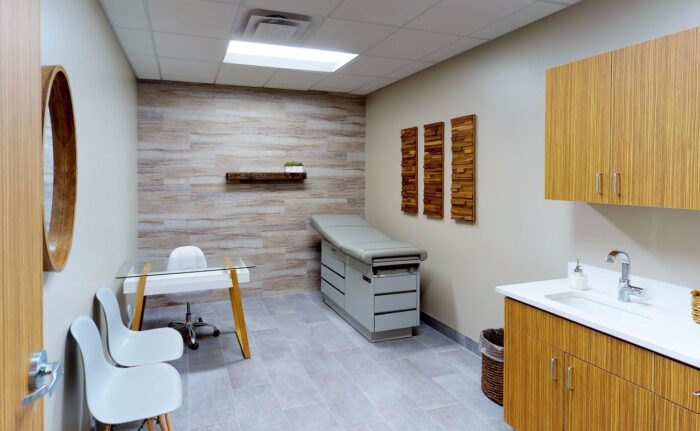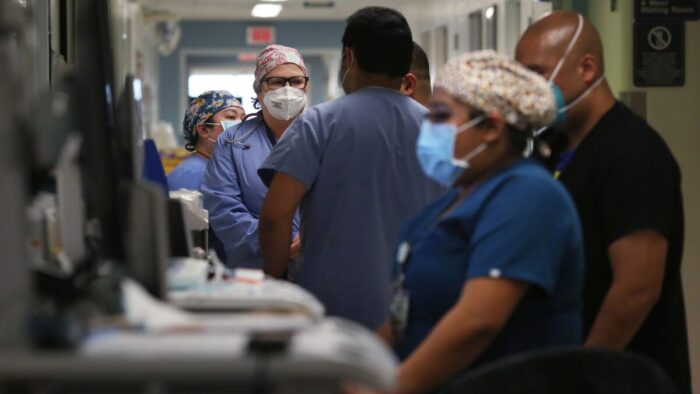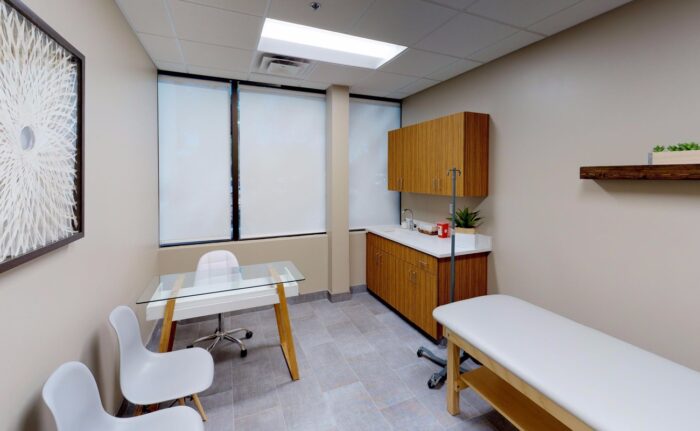
With shifts in patient demands, technological advancements, and most recently, the pandemic reshaping healthcare delivery, the leasing needs and considerations for medical office spaces have evolved dramatically. For landlords and tenants alike, staying current with these trends is necessary for making informed, strategic decisions about medical office space.
The medical office sector, often seen as a niche in the commercial real estate industry, has seen significant transformations in the past decade. The shifts in healthcare delivery towards patient-centered care, the increasing adoption of telemedicine, and a growing preference for outpatient facilities, among other trends, have all contributed to the changing needs for medical office spaces.
These trends have implications for landlords and tenants in terms of space design, lease negotiation, and location choice, to name a few. This article offers guidance to landlords and tenants on navigating these changes and leveraging opportunities in the current and future medical office leasing landscape.
Evolution of Medical Office Leasing

The evolution of medical office leasing over the years has been largely influenced by advancements in healthcare delivery and shifts in patient preferences. In the past, medical offices were primarily housed in hospital buildings or specialized healthcare complexes, often designed with more focus on functionality than patient experience.
However, as the paradigm of healthcare shifted towards patient-centric care, there has been an increased need for spaces that can accommodate more diverse services and provide a more comfortable, convenient experience for patients.
This change brought about a trend of medical real estate moving to retail-like, standalone buildings, or even mixed-use developments, enhancing accessibility for patients.
The increasing adoption of technology in healthcare, including electronic health records and telemedicine, requires space designs that can support advanced medical equipment and secure, robust IT infrastructure, leading to modifications in leasing agreements to account for these specific needs.
The Impact of Covid-19 and Pandemic on Medical Office Leasing

The Covid-19 pandemic has increased demand for healthcare services which placed immense pressure on existing medical facilities, illuminating the need for more flexible, adaptable spaces. Leasing arrangements started to incorporate provisions for sudden changes in space requirements to accommodate such unexpected events.
Another notable trend instigated by the pandemic is the acceleration of telemedicine. As patients and healthcare providers embraced virtual consultations to reduce the risk of infection, the need for physical medical office space was reconsidered.
Some healthcare providers downsized their physical footprint, while others required modifications to their existing spaces to facilitate virtual consultations. This shift led landlords to reassess the design and functionality of medical office spaces, promoting a new trend of “hybrid” facilities capable of supporting both in-person and virtual healthcare services.
Current Trends

One key trend is the increased demand for outpatient facilities. With advancements in medical technology and surgical techniques, many procedures that once required hospitalization can now be performed on an outpatient basis.
In fact, a report from the Ambulatory Surgery Center Association indicates that the number of Ambulatory Surgery Centers (ASCs) in the United States increased from 5,260 in 2012 to over 6,100 in 2020, illustrating this growing demand.
Changes in space requirements represent another significant trend. Medical facilities now place more emphasis on improving patient flow and reducing waiting times, leading to a different approach to space design.
In the wake of the Covid-19 pandemic, there has been heightened attention to ventilation systems and sanitation measures. This not only has implications for the design of medical offices, but also factors into lease negotiations, as tenants may seek specific improvements or assurances related to these concerns.
Similarly, the rise of mixed-use developments and the integration of technology in healthcare are also influencing medical office design and consequently, leasing trends.
What Landlords Need to Know

Healthcare tenants often require specialized facilities, such as increased plumbing and electrical capacities, improved ventilation systems, and soundproofing. These specifics may necessitate considerable investment in building modifications, thus impacting the lease’s financial aspects.
Medical leases often run longer than standard commercial leases, which could have implications for property valuation and profitability. Landlords should also be aware of the legal considerations specific to medical office leasing.
For instance, there are regulations regarding patient privacy, waste disposal, and disability access that medical offices must comply with, which can affect the leasing terms and building management.
Given the rise of telemedicine and changing healthcare delivery models, flexibility in lease terms can be a significant advantage, as tenants may seek options to adjust their physical footprint depending on evolving patient needs and technology adoption.
What Tenants Need to Know

Identifying the right space for their practice is the first step. The location needs to be accessible for patients, and the space must be adaptable to house the specific healthcare services provided. For instance, a surgery center would require different facilities compared to a general practitioner’s office.
Tenants should seek lease terms that cater to their operational needs, including possible future expansion, early termination rights, or provisions for building improvements. Legal rights and responsibilities form an essential part of this understanding.
Tenants must ensure they adhere to healthcare-specific laws such as HIPAA privacy standards, Americans with Disabilities Act (ADA) guidelines, and health and safety regulations, which can impact both the choice of location and the terms of the lease.
As the trends continue to evolve in the healthcare industry, tenants need to stay adaptable and informed to make the best leasing decisions for their practices.
Medical office leasing requires landlords and tenants to stay updated with evolving trends in healthcare delivery and technology. Understanding how these changes impact space design, lease terms, location, and legal obligations enables both parties to make well-informed, strategic decisions that align with their respective goals.
As we continue to witness rapid advancements in healthcare and societal shifts, maintaining flexibility and staying informed will be pivotal in managing the ever-changing terrain of medical office leasing.














